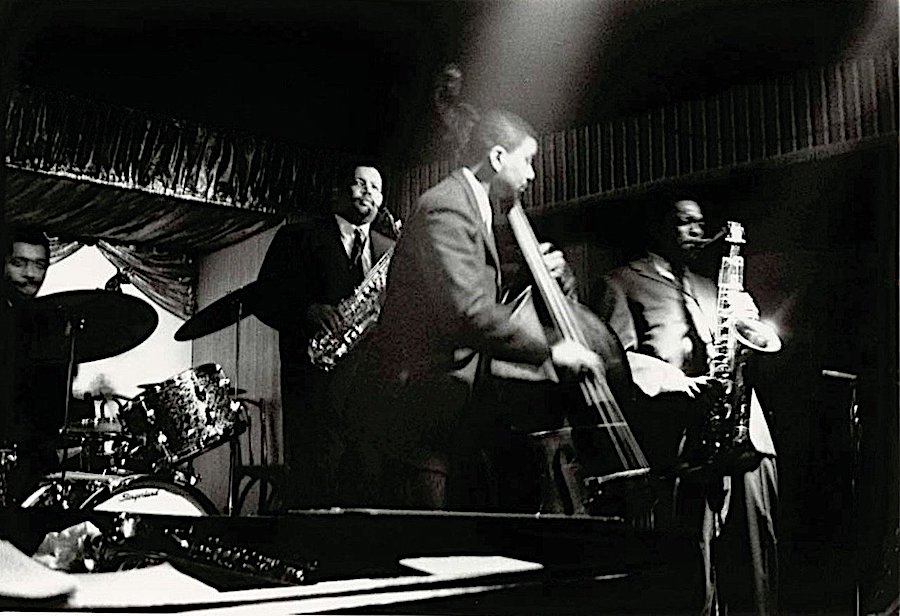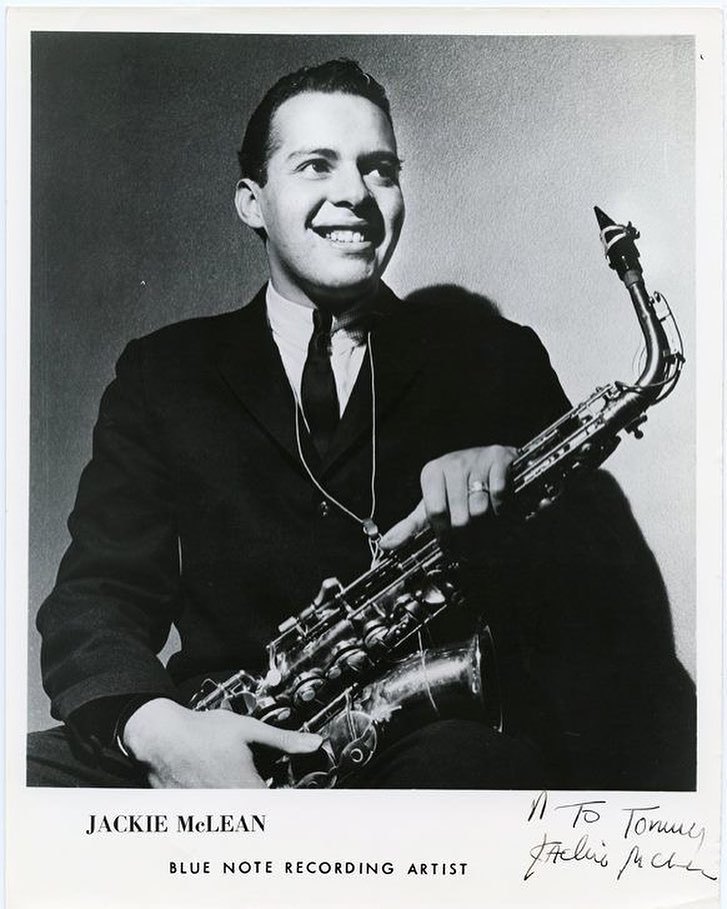Though different modern pianos may not sound exactly the same as one another, they all sound more or less like pianos to our ears. But the piano didn’t appear fully formed in the world of music as the instrument we know today: it has a variety of predecessors, not all of which sound very similar to the modern piano at all, and a few distinctive-sounding examples of which you can hear demonstrated in these videos from BaroqueBand. In the first, musician and educator David Schrader plays the first two: a replica of a German clavichord, “the oldest stringed keyboard instrument we know of,” dating from around 1600, and a harpsichord, built according to plans dating back to 1617.
The clavichord strikes its strings like a modern piano, but the harpsichord plucks them, using a series of “tiny little guitar picks” called plectrums. Schrader explains this while offering a look inside the workings of these instruments, just as he does with their descendants in the second video: a replica of an early Viennese piano built by Alton Walter, who in the 1780s built an instrument for a certain Wolfgang Amadeus Mozart, and a modern Steinway grand piano made in Hamburg.
The eight bars of one of Mozart’s piano sonata we hear on the Steinway sound good, especially performed by Schrader’s skilled hands, but the Viennese piano offers additional controls that enable the player to achieve a kind of “tone color” that modern pianos don’t.
Hence the interest some musicians and groups (such as the Orchestra of the Age of the Enlightenment, recently featured here on Open Culture) have in playing classical music with the same instruments from the eras in which the pieces were composed. “Each of these historical instruments served the music of its own time best,” as Schrader puts it. “After all, you wouldn’t necessarily restore an old oil painting with acrylic paint. Even if you choose not to play the historical instruments, if you study them and how they work, it will modify your approach to make for a clearer, nicer performance on the modern instrument.” But of course, “those of us who choose to eat everything on the plate will play all the instruments” — and will enjoy a performing experience closer to that which the composer intended as a result.
Related Content:
Newly Discovered Piece by Mozart Performed on His Own Fortepiano
Visit an Online Collection of 61,761 Musical Instruments from Across the World
How an 18th-Century Monk Invented the First Electronic Instrument
Based in Seoul, Colin Marshall writes and broadcasts on cities, language, and culture. His projects include the book The Stateless City: a Walk through 21st-Century Los Angeles and the video series The City in Cinema. Follow him on Twitter at @colinmarshall or on Facebook.




